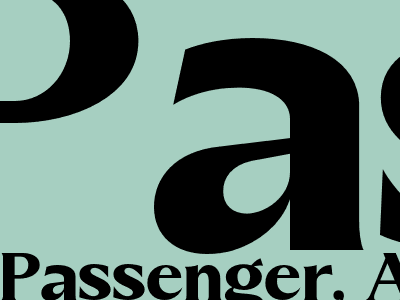
Passenger Air Transportation: A Comprehensive Guide
Introduction
Air transportation is a vital part of the global economy, connecting people and businesses across vast distances. This comprehensive guide provides an in-depth look at the passenger air transportation industry, covering its history, operations, safety regulations, and future trends.
Historical Evolution of Air Transportation
The history of air transportation can be traced back to the early 20th century, with the Wright brothers' successful flights in 1903. In the following decades, aviation technology rapidly advanced, leading to the development of commercial airlines and the establishment of international air routes.
During the post-World War II era, air transportation experienced significant growth, driven by the introduction of jet aircraft and the expansion of global tourism. The industry continued to evolve in the late 20th and early 21st centuries, with the rise of low-cost carriers and the increasing use of technology in flight operations.
Operations of Passenger Air Transportation
Passenger air transportation involves a complex network of airlines, airports, and regulatory authorities. Airlines operate fleets of aircraft, providing scheduled and charter flights between destinations. Airports serve as hubs for passenger traffic, handling check-in, baggage handling, and security screening procedures.
The operations of passenger air transportation are governed by strict safety regulations, established by national and international aviation authorities. These regulations cover aircraft design and maintenance, pilot training and licensing, and airport operations. Air traffic control systems ensure the safe and efficient movement of aircraft in and out of airports.
Safety Regulations in Air Transportation
Safety is paramount in passenger air transportation. Airlines and regulatory authorities implement comprehensive safety measures to minimize the risk of accidents and incidents. These measures include rigorous aircraft inspections and maintenance, extensive pilot training, and strict adherence to operating procedures.
In addition, air traffic control systems play a crucial role in ensuring safety by providing real-time guidance to pilots and coordinating aircraft movements in busy airspace. Advanced technologies, such as collision warning systems and flight data recorders, further enhance safety in air transportation.
Future Trends in Air Transportation
The passenger air transportation industry is constantly evolving, with new technologies and trends shaping its future. Sustainability is a major focus, with airlines exploring the use of biofuels and electric aircraft to reduce emissions.
Artificial intelligence (AI) is also playing an increasing role in air transportation, from optimizing flight operations to enhancing passenger experiences. The use of AI-powered chatbots and virtual assistants improves customer service and provides personalized travel experiences.
Conclusion
Passenger air transportation is a vital industry that connects people and businesses worldwide. It has a rich history of innovation and technological advancements, ensuring safety and efficiency in flight operations. As the industry continues to evolve, sustainability and technology will drive future trends, shaping the way we travel by air.